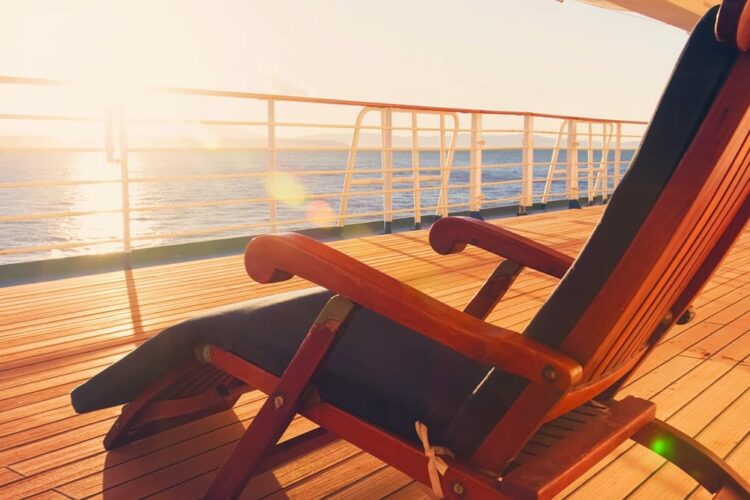By Cynthia Challener, CoatingsTech Contributing Writer
Many of the wood substrates incorporated into new residential and commercial buildings are coated at the factory. While the performance requirements are the same for field-applied coatings, the dynamics of the market are wholly separate.
In Europe, waterborne systems including one-component, core-shell acrylics are often used. There is also some use of waterborne, two-component polyurethane topcoats and primers for bridging the gap between waterborne and solventborne coatings, according to Anthony Woods, segment marketing director for Wood Coatings at AkzoNobel. These systems are also widely used in North America. While demand for UV and waterborne UV-cured coatings for exterior protection is currently low in Europe, with new formulations and increased durability, AkzoNobel expects to see a move towards UV in the future, enabling customers to benefit from production efficiencies. “100% UV coatings allow for very fast curing, with many lines running at over 100 feet/minute, and also provide excellent chemical resistance and toughness,” Woods explains. He does note, though, that the health and safety profile of reactive UV oligomers means this technology is not generally suitable for spraying. Instead, solventborne or, more commonly, waterborne UV is used when low-VOCs, speed, and chemical performance are required. Waterborne UV is already growing in popularity in North America due to its similar application characteristics and tougher, more durable finish.
“Overall, innovations in formulated coatings for exterior architectural wood products are being driven by the desire for higher productivity through faster lines and shorter cure times, coupled with the need to resist blocking and provide good crush resistance. There is also a constant drive to improve the durability of exterior products. The design of exterior coatings is always a balance between developing a coating flexible enough to deal with the dimensional instability of the substrate, and the durability demands of dirt pick-up resistance, toughness, and gloss retention. The recent development of 100% UV products is probably the most significant step change in industrial wood coatings. These coatings deliver improved durability combined with a step-change in production costs,” Woods states. Within the waterborne field, he observes that the constant improvement of core-shell and gradient latex technology is also improving durability. In particular, he points to nano-core shell lattices, which give excellent wood penetration to improve aesthetics while also delivering the required performance.
Woods also observes that the use of the chemically modified wood accoya (acetylation via pressure impregnation for mold resistance, longer life, and increased durability) in joinery, decking and cladding applications is creating opportunities for the development of new coating systems that match the advances in the material itself. Finally, AkzoNobel has also observed an increasing use of renewable materials for resin manufacturing and more non-biocidal products that provide strong anti-
fouling protection while avoiding the leaching of biocides from the wood substrate/coating.
